1. Andy Griffith’s Quiet Temper Behind the Mayberry Smile
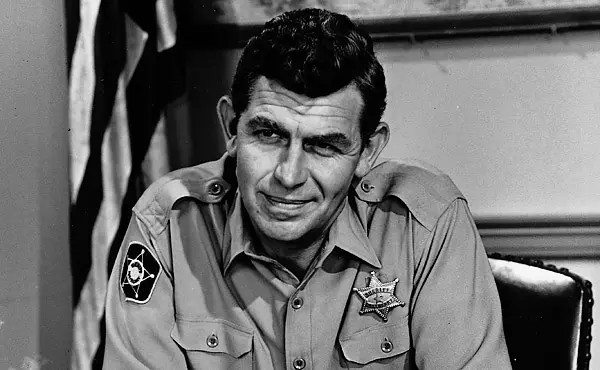
On The Andy Griffith Show, Sheriff Taylor was every viewer’s favorite neighbor. Behind the scenes, Griffith was known for his occasional temper and need for control. Co-stars later admitted that the atmosphere could become tense during long filming days, especially when the series shifted from black-and-white to color. While never abusive, his mood swings affected morale. Ron Howard once recalled in an interview, “Andy wasn’t always easygoing off-camera.” Fans never suspected it, but life in Mayberry had its rough edges, proving even America’s favorite sitcom town wasn’t always picture-perfect when the director called cut.
2. Mary Tyler Moore’s Private Battle With Alcoholism
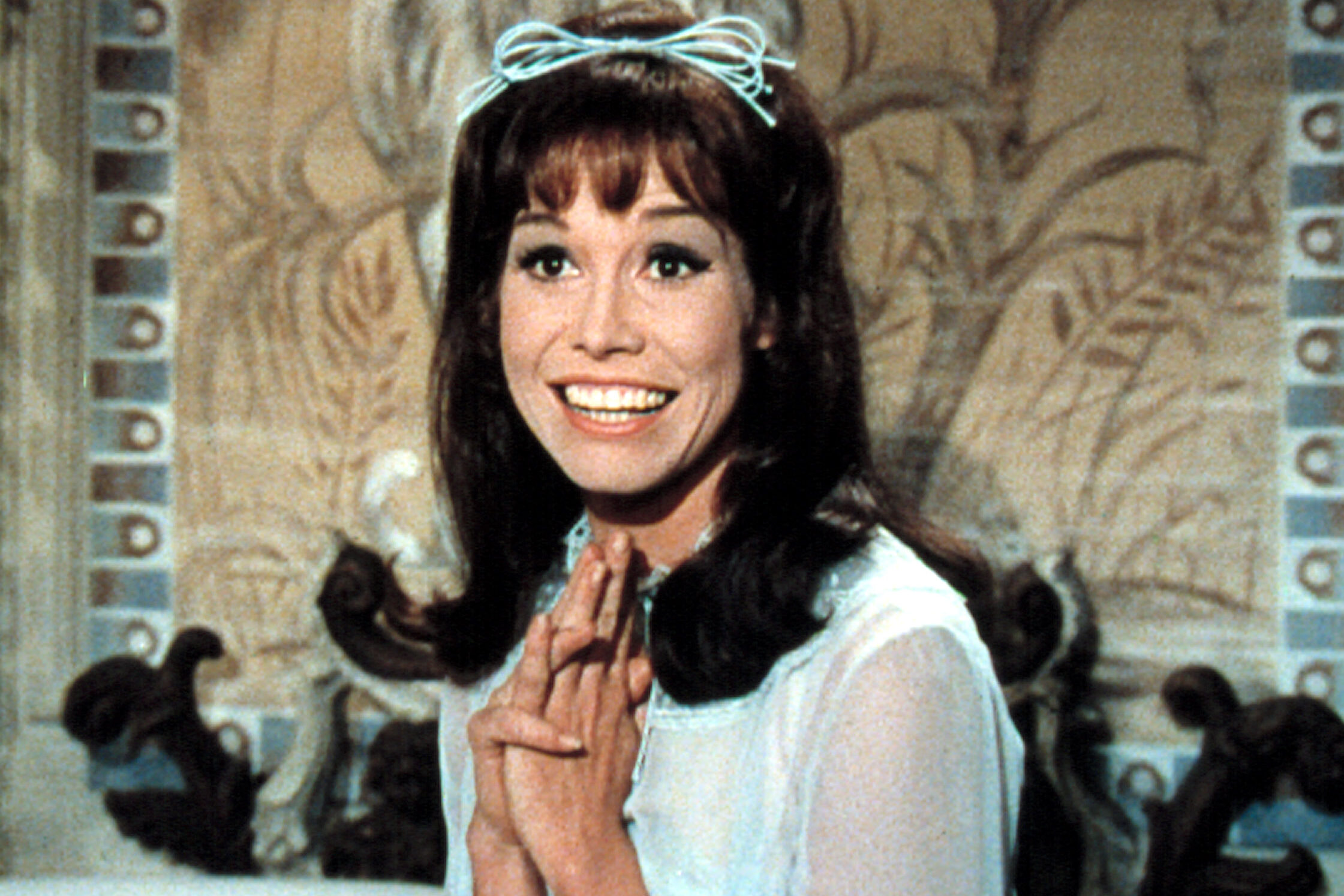
Mary Tyler Moore broke barriers on-screen, showing women they could be independent, funny, and strong. Away from the cameras, she was quietly battling alcoholism during much of her television reign. She later admitted to the struggles in her memoir, revealing moments of loneliness despite her success. Friends recalled how well she hid it from colleagues and audiences. “She carried so much pressure,” co-star Ed Asner once said. The Mary Tyler Moore Show inspired millions, yet its star’s hidden pain showed that even groundbreaking icons sometimes fought battles no script could ever fully capture.
3. Tina Louise’s Dislike for Ginger on Gilligan’s Island
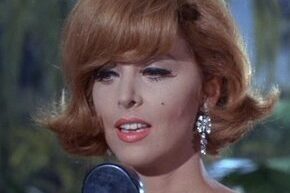
Fans adored Tina Louise as the glamorous Ginger, but the actress herself never shared that enthusiasm. She reportedly felt trapped by the role and worried it would ruin her career prospects. Louise often kept her distance from fellow castmates and declined reunion specials. For years, she avoided speaking about the show altogether. In one interview, she confessed, “I didn’t want to be known only as Ginger.” While Gilligan’s Island became a cult classic, its leading lady struggled to embrace the fame it brought, making this one of TV’s quietest yet most enduring off-screen tensions.
4. Valerie Harper’s Ugly Exit From Rhoda
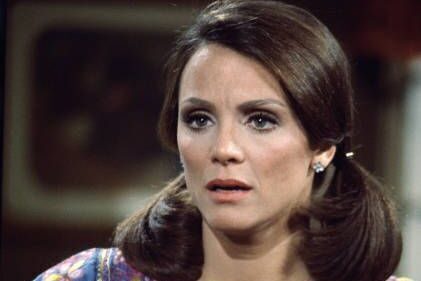
Valerie Harper’s sitcom spin-off Rhoda was a hit, but behind the scenes, tension brewed. Creative differences and disputes over her character’s direction clashed with producers’ vision. Midway through filming, Harper was fired from her own show, leaving fans shocked and confused. Though the public was told it was a “mutual decision,” insiders said it was a bitter standoff. Later, Harper hinted at the ordeal, saying, “It hurt more than I could ever explain.” Her departure reminded Hollywood that even leading stars could be abruptly sidelined when relationships with showrunners went sour.
5. Lucille Ball’s Communist Accusation Scare

At the height of I Love Lucy’s fame, Lucille Ball was summoned by the House Un-American Activities Committee amid allegations of past ties to communism. Though she denied being a communist and was cleared, the incident shook her personally and nearly tarnished her show’s success. Studio executives quietly buried the story to protect her image and America’s favorite sitcom family. Years later, Lucy quipped, “The only thing red about me is my hair.” Fans never knew how close one of TV’s most iconic stars came to scandal during one of Hollywood’s most politically tense eras.
6. Jerry Mathers’ Bizarre Death Hoax
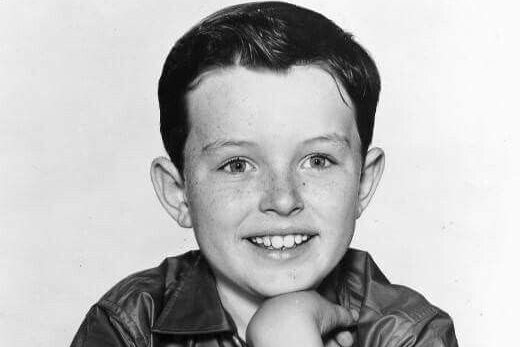
In the 1980s, strange rumors spread that Jerry Mathers, the beloved star of Leave It to Beaver, had died in Vietnam. The hoax made national headlines, confusing fans and grieving audiences worldwide. The truth was far less dramatic: Mathers was alive and well, pursuing work outside of acting. He later laughed it off, joking, “Rumors of my death were greatly exaggerated.” The bizarre story lingered for years, showing how quickly misinformation could spread in Hollywood long before the internet era made celebrity gossip even harder to control.
7. Michael Richards’ Breakdown on Fridays
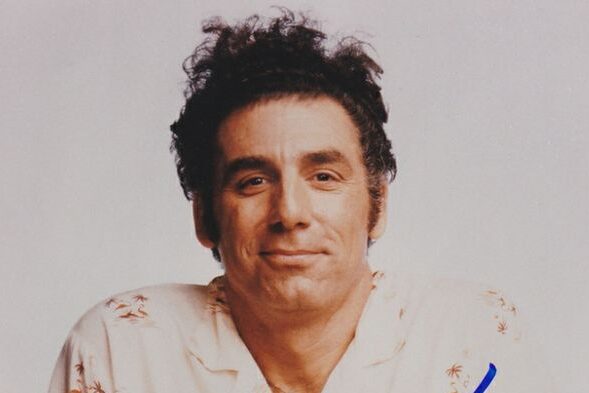
Before Seinfeld made him famous, Michael Richards starred on the sketch comedy show Fridays. During one infamous live episode, co-star Andy Kaufman refused to stick to the script, leading Richards to break character and storm offstage. Rumors swirled about real physical fights backstage, though most footage was edited before airing. The incident painted a chaotic picture of the show’s environment and foreshadowed Richards’ later reputation for unpredictable behavior. While the moment was never fully explained, it became one of television’s strangest behind-the-scenes clashes, leaving cast and crew shaken and viewers none the wiser for years.
8. Joyce DeWitt’s Quiet Frustration on Three’s Company

While John Ritter became the breakout star and Suzanne Somers grabbed headlines, Joyce DeWitt quietly carried the middle ground as Janet. She later revealed feeling overlooked during contract negotiations and isolated from the public narrative surrounding the show. DeWitt stayed professional, but the lack of recognition stung. In one interview, she admitted, “I felt invisible at times, despite working as hard as anyone.” Her story reflected the uneven treatment women often faced in Hollywood, even when playing key roles in beloved sitcoms that shaped an entire generation’s television memories.
9. Tony Danza’s Control Over Who’s the Boss?
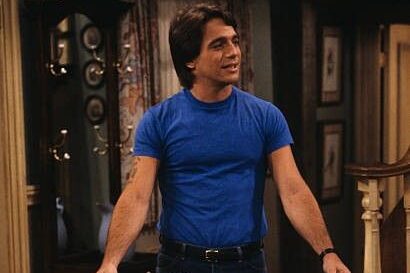
Tony Danza was protective of his on-screen image as lovable housekeeper Tony Micelli. Reports later surfaced that he often demanded script changes to ensure his character stayed morally upright and likeable. Writers sometimes clashed with him over storylines they felt pushed boundaries. The show quietly adjusted scripts to keep peace on set. A producer later said, “Tony had a vision for his character, and he fought for it.” While fans never noticed, the behind-the-scenes power struggles shaped how the series unfolded and revealed the tug-of-war between actors and creators in sitcom history.
10. Shelley Long’s Sudden Goodbye to Cheers

Shelley Long won awards and acclaim for her role as Diane Chambers on Cheers, yet she abruptly walked away after five successful seasons. Rumors of on-set tension with co-star Ted Danson followed, though Long insisted it was a personal choice to spend more time with family and explore film roles. Her departure left fans stunned and the show scrambling for a new leading lady. Long later reflected, “It was time for me to go, though it wasn’t easy.” Cheers survived, but many viewers still wonder what could have been if she had stayed longer.
11. Gabe Kaplan’s Creative Rift on Welcome Back, Kotter
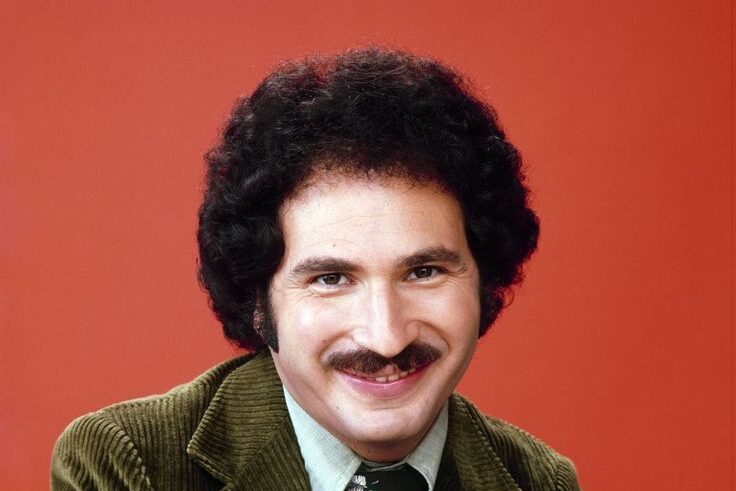
As star and co-creator of Welcome Back, Kotter, Gabe Kaplan clashed with producers when the series began focusing more on the Sweathogs than his title character. The disagreements grew so tense that Kaplan left before the final season without much explanation on-screen. Fans were puzzled, unsure why their favorite teacher barely appeared. Years later, Kaplan admitted the creative changes felt like losing control of his own show. The dispute left a lasting mark, showing how even original creators could be sidelined by shifting network priorities and internal disagreements.
12. Carroll O’Connor’s Standoff Over Archie Bunker Scripts
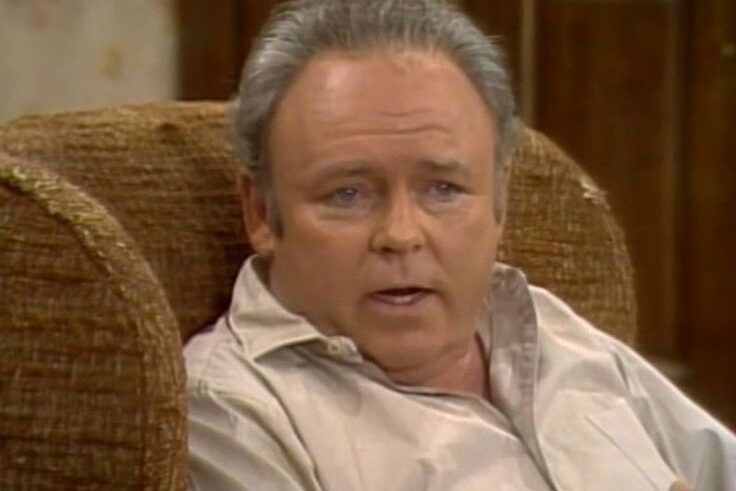
All in the Family changed television forever, but Carroll O’Connor often fought behind the scenes over scripts he felt didn’t fit Archie Bunker’s personality. At one point, disputes over salary and storylines grew so heated that he walked off set entirely, forcing producers to film around his absence. Eventually, the standoff ended with new terms, but the tension highlighted how deeply O’Connor cared about authenticity. “He loved Archie, flaws and all,” a colleague later said. The legendary sitcom endured, yet these clashes proved even groundbreaking shows weren’t immune to off-camera drama.
13. Jean Stapleton’s Push for Edith to Evolve
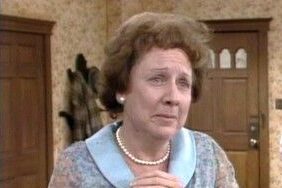
Jean Stapleton gave Edith Bunker heart and warmth, but she long felt the character was trapped in innocence without real growth. She quietly urged producers to let Edith mature and face new challenges. When her requests were denied, Stapleton chose to leave the show, leading to Edith’s death being written off-screen. Fans mourned the loss of one of TV’s most beloved moms. Looking back, Stapleton said, “Edith deserved more.” Her choice showed how actors sometimes walk away, not from fame, but from roles that no longer tell the truth they hoped to share.
14. Bea Arthur’s Uneasy Bonds on The Golden Girls
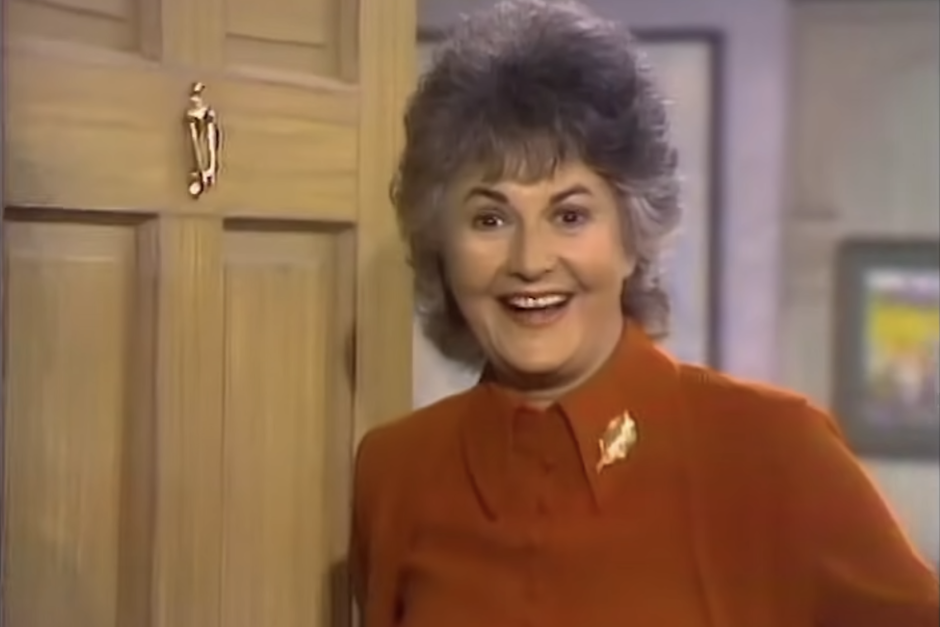
The Golden Girls was a TV treasure, yet things weren’t always rosy on set. Bea Arthur reportedly clashed with Betty White’s ever-cheerful personality and sometimes felt isolated from the group. Co-star Rue McClanahan once hinted that tension existed, though it was rarely discussed publicly. Despite the rift, the women delivered timeless comedy together. Years later, Betty White admitted, “Bea didn’t like me,” adding it never affected the show’s magic. Fans cherished their friendship on-screen, never knowing that some of those smiles masked real-life differences behind the laughter and applause of a live studio audience.
15. Suzanne Somers’ Pay Raise Battle on Three’s Company

Suzanne Somers turned Chrissy Snow into a household name on Three’s Company, but fame didn’t mean fairness. While her co-star John Ritter earned five times her salary, Somers fought for equal pay and a share of profits. Producers refused, isolating her from castmates and eventually firing her from the show. For years, her departure was blamed on “difficult behavior,” but later she was seen as a pioneer for pay equity in television. “I was out there all alone,” she later recalled. “But someone had to start the conversation.” Today, many see her battle as the beginning of change.
16. Erin Moran’s Struggles After Happy Days Fame
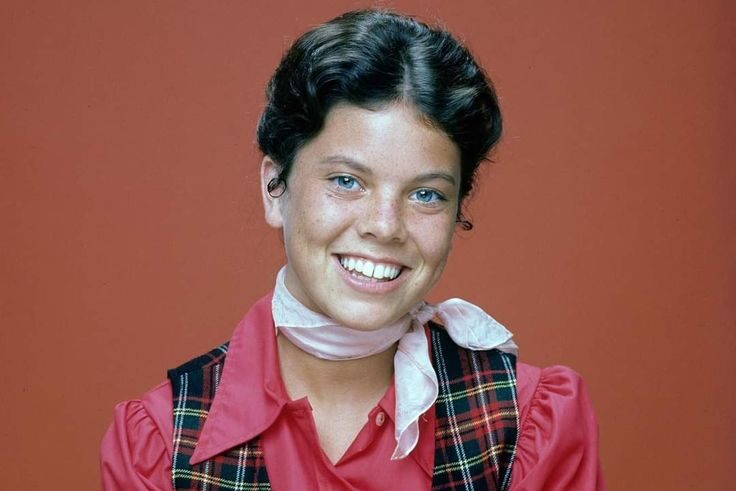
Erin Moran captured hearts as Joanie Cunningham, the lovable kid sister on Happy Days. But life after the show was far from happy. Struggling to find new roles, she faced financial troubles and rumors of substance abuse that followed her for years. Moran admitted in later interviews that adjusting to life outside of fame was a painful challenge. Co-star Henry Winkler once said, “She was a beautiful spirit in a tough business.” Fans who remembered her as Joanie were heartbroken to learn how fame’s fleeting nature left lasting scars on one of TV’s most cherished young stars.
17. Bob Crane’s Secret Life and Mysterious Death
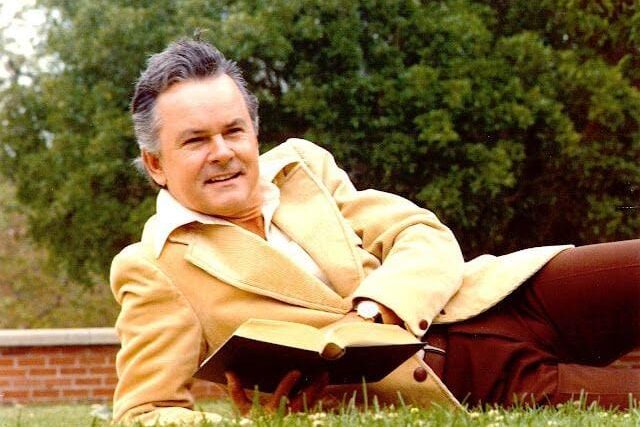
Bob Crane’s charm as Colonel Hogan masked a troubling private world few knew about. After Hogan’s Heroes ended, he became entangled in a life filled with compulsive sexual behavior, videotaped encounters, and unsettling friendships. In 1978, Crane was found brutally murdered in his Scottsdale apartment. Despite decades of speculation, the crime remains unsolved. The scandal only surfaced after his death, tarnishing his wholesome image. As one investigator told ABC News, “It was a dark double life that nobody wanted to talk about back then.” Fans were left shocked that their sitcom hero had been living a completely different story.
18. Elizabeth Montgomery’s Heartache During Bewitched
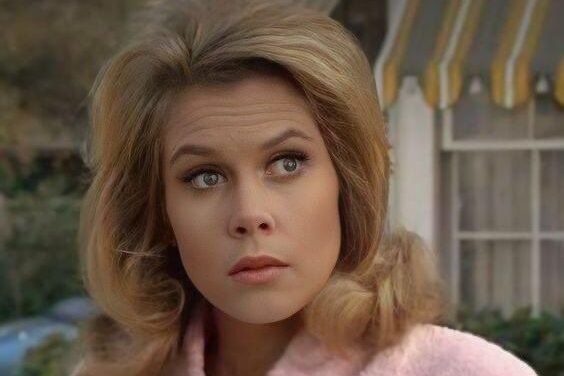
While fans adored Samantha the witch’s perfect marriage to Darrin, actress Elizabeth Montgomery’s real life was far more complicated. During the height of Bewitched’s success, she endured a painful divorce from director William Asher, who worked on the show. Their separation weighed on the cast and sometimes spilled into tense filming days. Although she stayed professional, friends later said the heartbreak never fully left her during production. As one colleague shared with People magazine, “Elizabeth carried a quiet sadness those days.” The magic of Bewitched hid the personal pain that shadowed its beloved leading lady behind closed doors.
19. Robert Reed Forced to Hide His Truth on The Brady Bunch

As Mike Brady, Robert Reed embodied the ideal father figure of the 70s. In reality, Reed was a closeted gay man forced to keep his sexuality secret due to Hollywood’s stigma. The weight of living a double life sometimes caused clashes with producers over storylines that felt dishonest to him. His private struggles only came to light after his death, sparking conversations about acceptance in television’s earlier years. “He was a great man trapped in a different time,” Florence Henderson once said. Fans now see Reed not only as a sitcom dad but also as someone burdened by societal pressure.
20. Penny Marshall and Cindy Williams’ Broken Bond on Laverne & Shirley
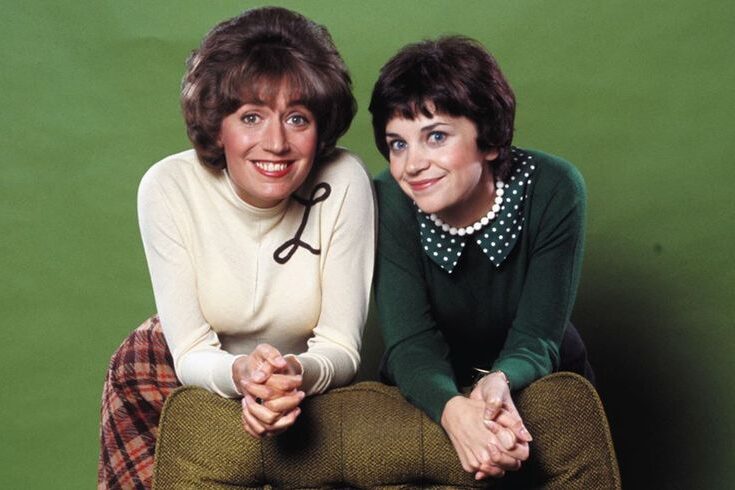
Laverne and Shirley seemed inseparable on-screen, sharing laughs and heartfelt moments each week. Off-camera, however, their friendship crumbled under the weight of creative disputes and pay disagreements. Tensions rose further when Cindy Williams became pregnant and left mid-season. Their strained relationship changed the dynamic of the show forever. Years later, Williams admitted, “It wasn’t all fun behind the cameras.” Viewers never imagined the sitcom’s iconic duo struggled so deeply, proving that even television’s most famous friendships can fade when personal and professional lines blur under studio lights.
21. Danny Bonaduce’s Childhood Lost to The Partridge Family Spotlight
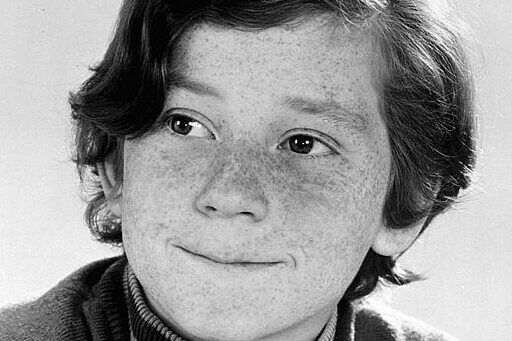
America loved watching Danny Bonaduce as the wisecracking kid on The Partridge Family, but fame came at a heavy cost. Behind the bright sets and catchy tunes, Danny faced personal struggles that later led to substance abuse, legal trouble, and public outbursts. He admitted to living a troubled childhood with little support to handle sudden stardom. Years later, he told ABC News, “I didn’t have a childhood, I had a television show.” Fans saw a confident young actor, unaware that the pressures of fame shaped a rocky road he’d battle long after the sitcom ended its run.
22. Dick York’s Hidden Illness on Bewitched
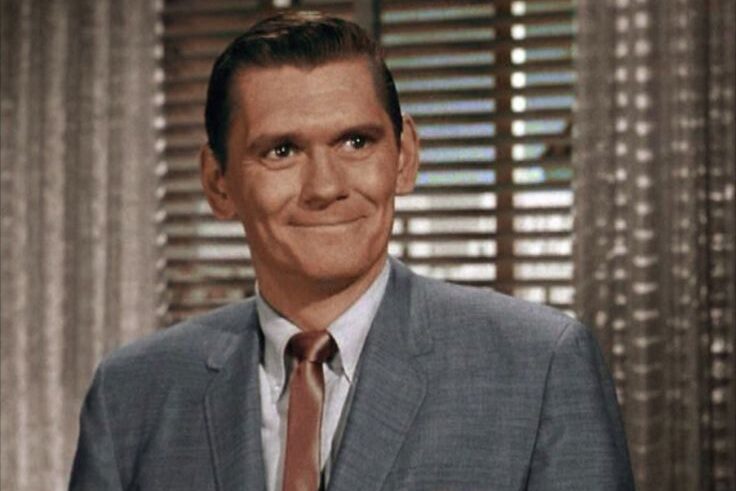
Playing the devoted Darrin on Bewitched, Dick York often smiled through pain. A severe back injury from an earlier film haunted him throughout the series, causing frequent on-set collapses. Producers quietly replaced him with Dick Sargent, offering little explanation to fans. At the time, York’s condition was kept secret to protect the show’s image. Decades later, he revealed how debilitating his pain was, saying, “Some days, standing up felt impossible.” Viewers never saw the real struggle behind his performance, a reminder of how much some actors sacrificed to keep television magic alive.
23. Redd Foxx’s Walkout on Sanford and Son
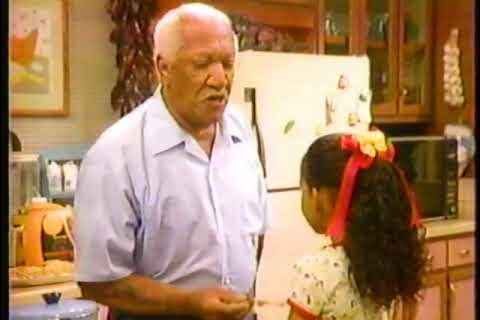
Redd Foxx was a comedy legend, but his relationship with NBC turned sour over pay disputes. Midway through production, he walked off the set demanding better compensation, even suing the network for money he claimed was owed for filmed episodes. The show stalled as executives scrambled to fix the situation. Publicly, the incident was softened to protect the sitcom’s image. A friend later said, “Redd knew his worth and wasn’t afraid to fight for it.” While the scandal faded from headlines, it exposed how messy salary battles could become on hit television shows.
24. Freddie Prinze’s Silent Struggle on Chico and the Man
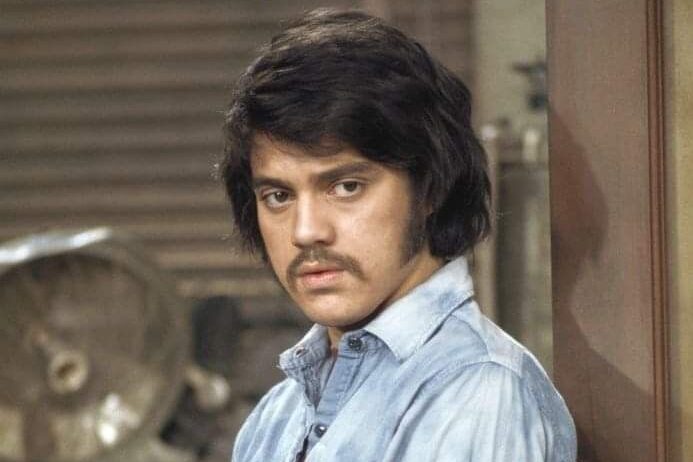
Freddie Prinze’s rise to fame was meteoric, making him a household name at just 22. Behind the charm and success, he battled depression and increasing drug use, a struggle kept from fans and downplayed by studios. In 1977, tragedy struck when Prinze took his own life, shocking viewers who adored him. Colleagues later admitted they had seen the signs but felt powerless to help. “He was hurting more than anyone knew,” one friend recalled. His untimely death became one of Hollywood’s first reminders that fame doesn’t shield anyone from mental health battles.
This story 24 TV Sitcom Scandals They Tried to Hide: Behind-the-Scenes Drama from TV’s Golden Age was first published on Daily FETCH


